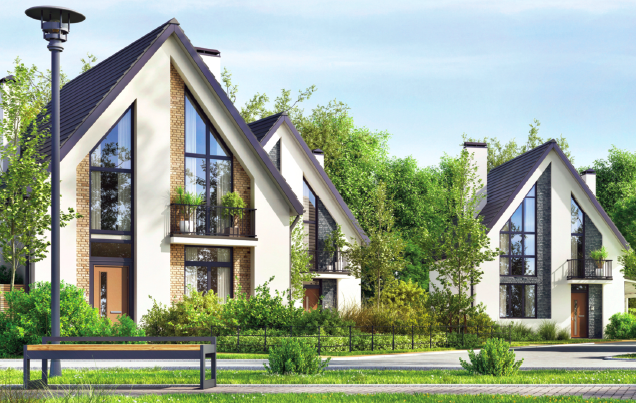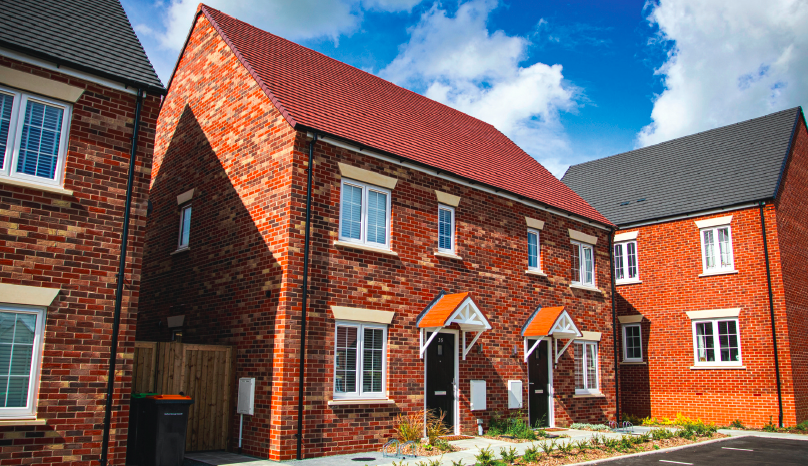
Pulse Fibre explains the problems of overbuilding and why housebuilders should consider open networks on new developments.
The installation of network infrastructure is an essential process for bringing fast and reliable internet to communities. Yet, for many residents, it is hard to see the benefits when faced with constant roadworks and prolonged disruptions to their daily lives. From closed roads to noise pollution and environmental impacts, frequent digging can quickly become a major source of frustration.
In many cases, the construction efforts are redundant due to overbuilding – a costly and inefficient practice where multiple service providers install their infrastructure in the same area. This not only causes unnecessary disruption but also wastes valuable resources.
The Problem of Overbuilding
Overbuilding occurs when multiple broadband providers lay their own separate cables or infrastructure in the same area, often leading to multiple layers of fibre optic cables or other network hardware being installed in close proximity. While competition among providers is important for consumer choice, the current model of each company building and maintaining its own infrastructure can lead to a series of issues.
The most pressing concern is the unnecessary repetition of civil engineering work. Every time a provider installs new cables, the road needs to be dug up, traffic is disrupted and local residents are inconvenienced. This not only affects daily life for residents but can also have longterm environmental impacts, from increased carbon emissions due to heavy machinery to damage to green spaces and wildlife habitats. Additionally, the resources used in overbuilding – labour, materials and energy – are often wasted, as much of the infrastructure installed goes unused or is underutilised.
Overbuilding can also lead to inefficiencies in the way broadband services are delivered. In areas that already have multiple providers competing to offer high-speed internet, each one is essentially duplicating efforts rather than leveraging shared infrastructure. This fragmentation of the market also makes it harder for smaller providers to enter, as the costs associated with deploying independent networks are prohibitively high.
The Open Network Solution
At its core, an open network allows multiple service providers to use the same physical infrastructure to deliver their services. This means that instead of each provider digging up roads to lay their own fibre cables, a single network of cables is installed, which can then be accessed by all providers through fair and equal agreements.
Pulse Fibre champions this approach as it directly addresses the key issues of overbuilding. With shared infrastructure, the need for multiple rounds of construction is eliminated, significantly reducing the disruption to local communities. Instead of repeated roadworks and constant interruptions, a single project can be completed once, with long-term benefits for all stakeholders.
The environmental benefits of open networks are significant. By reducing the amount of digging and construction, there is a corresponding reduction in carbon emissions and the depletion of natural resources. Open networks are a more sustainable solution, making them a smarter choice for reducing environmental impact.
 Industry Adoption and Benefits
Industry Adoption and Benefits
Open network solutions are not just a theoretical idea – they are already being implemented in various parts of the world with great success. In cities across Europe, shared infrastructure models have become the norm, allowing for more efficient deployment of high-speed broadband while maintaining healthy competition among service providers.
One of the main advantages for service providers is cost savings. Building and maintaining independent infrastructure can be expensive, particularly in densely populated urban areas. By sharing infrastructure, providers can reduce their operational costs and focus more resources on improving the quality of their services and customer support. This creates a win-win situation where providers still benefit from competition but without the financial strain of duplicating infrastructure.
For consumers, the benefits are equally appealing. Open networks increase the availability of broadband services by making it easier for new providers to enter the market, which in turn drives down prices and encourages innovation. Residents and businesses have access to more choice for internet services, all while avoiding the chaos and disruption that comes with repeated roadworks.
A Vision for the Future
Pulse Fibre’s commitment to promoting open network solutions stems from a vision of smarter, more sustainable infrastructure planning. As the demand for faster, more reliable internet continues to grow, so too does the need for more efficient ways of deploying the necessary infrastructure. By encouraging the industry to move away from the traditional model of overbuilding and toward shared networks, Pulse Fibre is helping pave the way for a future where connectivity is not only faster but also more environmentally and socially responsible.








